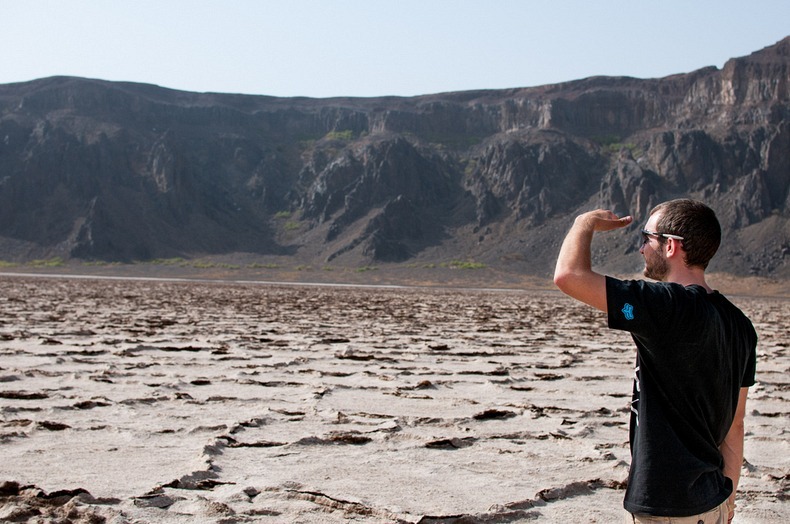For some time it was thought that the crater was formed by a meteorite, as its appearance resembles that of the Barringer Crater, with its circular form and high sides. It is now commonly accepted by geologists that the crater was formed by volcanic activity in the form of an underground explosion of steam generated when molten magma came into contact with groundwater. On one side of the crater lies an ash cone which is all that is left of the volcano.

The crater is situated in an area where there was intense volcanic activity in the past. The surrounding sandy plain is in fact a bed of volcanic ash. To the north-west is a mound with a vertical face on the edge of the crater, which was an earlier volcano, split in half when the crater was formed. In this cliff face can be seen lava-filled dykes. On the northern face of the crater are palm trees and green grass.







Source
